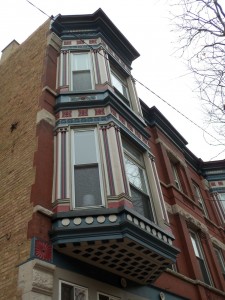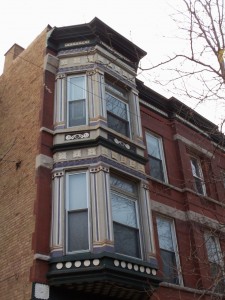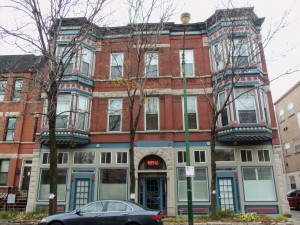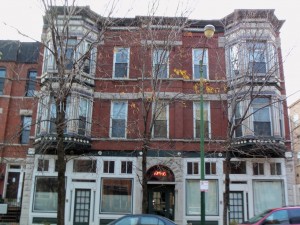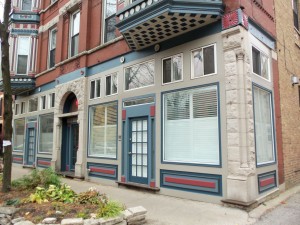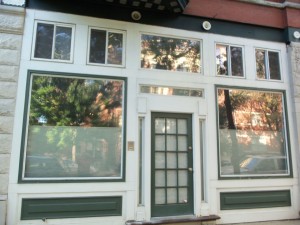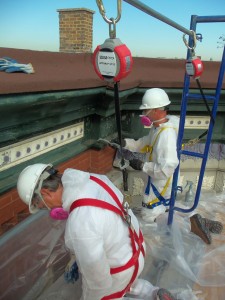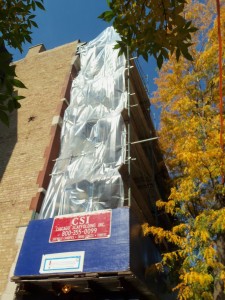On a historical paint restoration project, the customer expects not only a great looking paint job, but one that will last a long time as well, because of the considerable costs involved. There are several factors that contribute to the higher cost of a paint restoration project.
First, such projects often require an extensive level of surface preparation because of the poor condition of the old coatings. These surfaces have often not been painted in fifteen or twenty years, or even longer. Consequently, surfaces will likely require epoxy restoration and even the reproduction of custom moldings or ornamentation.
Second, historical restoration almost automatically requires compliance to RRP rules to protect everyone and the environment from exposure to lead paint dust. That means additional containment steps and costs.
Finally, old buildings in a big city like Chicago, are often situated right next or close to the sidewalk and very close to the neighbors. Consequently, gaining access to the surfaces to be worked on can also require the renting of special equipment like a canopy, scaffolding, boom and the procurement of all the required permits.
On a recent paint restoration project, the rental and permit costs alone exceeded $10,000. If you are the owner of such a building, how long would you like the paint job to last? I would say as long as possible! This means that, as a house painting contractor, I must ensure that our surface preparation is as thorough as possible. Additionally, the primers we use must be the best suited for every surface we work on. For example, we recently used an alkyd, high-solid, direct-to-metal primer to give a full prime coat to 120-year old tin cladding. On old wood moldings, where the old paint had mostly been removed, we used a two-part clear epoxy sealer to prime those surfaces. The goal of each phase of our work is: the longevity of the paint job!







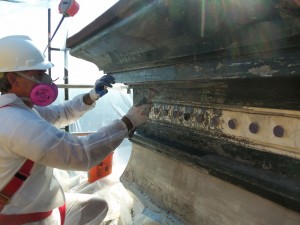
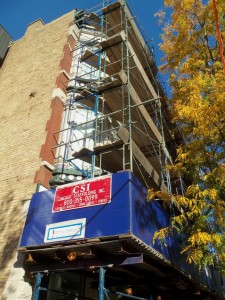
 Follow
Follow

